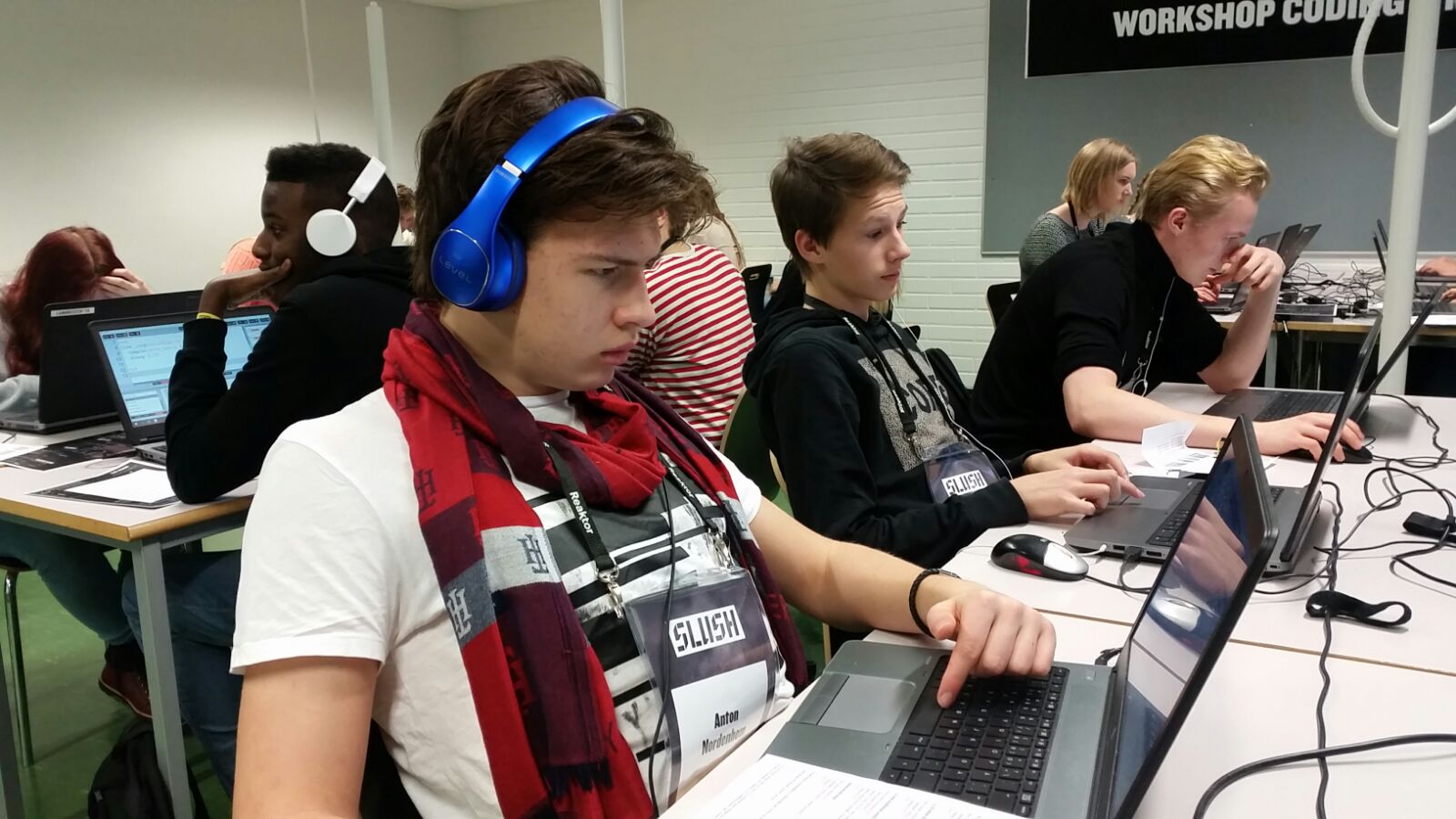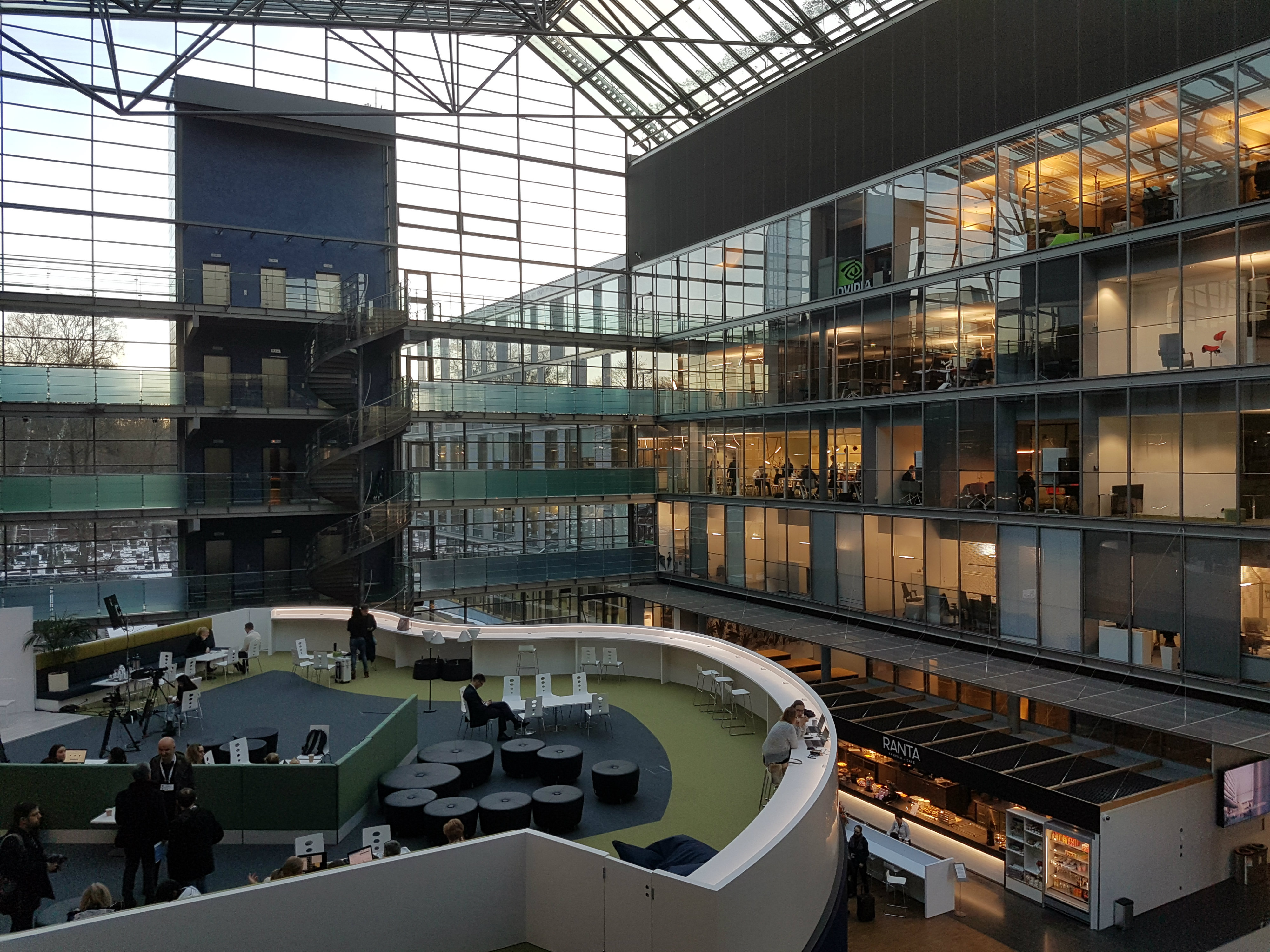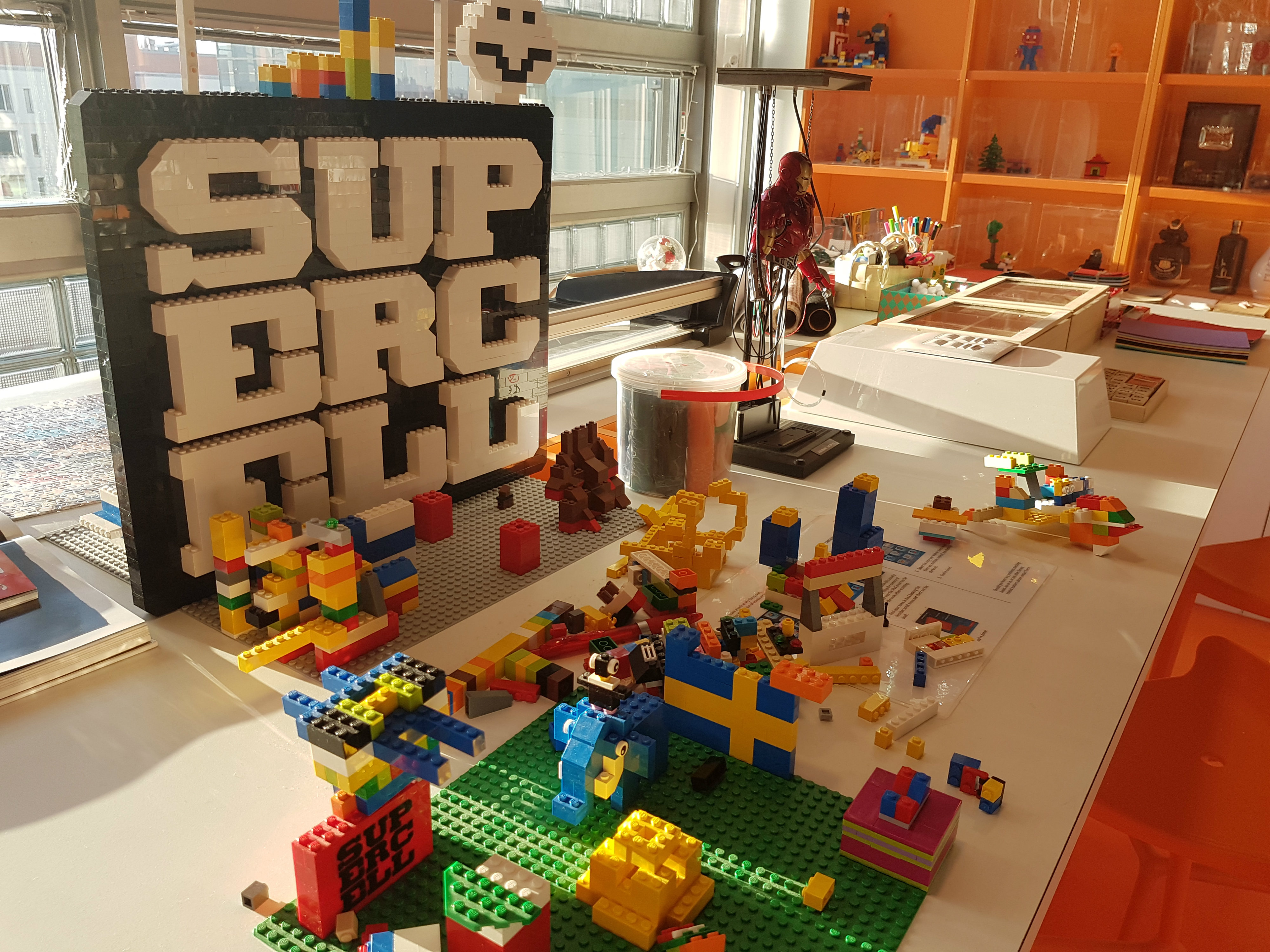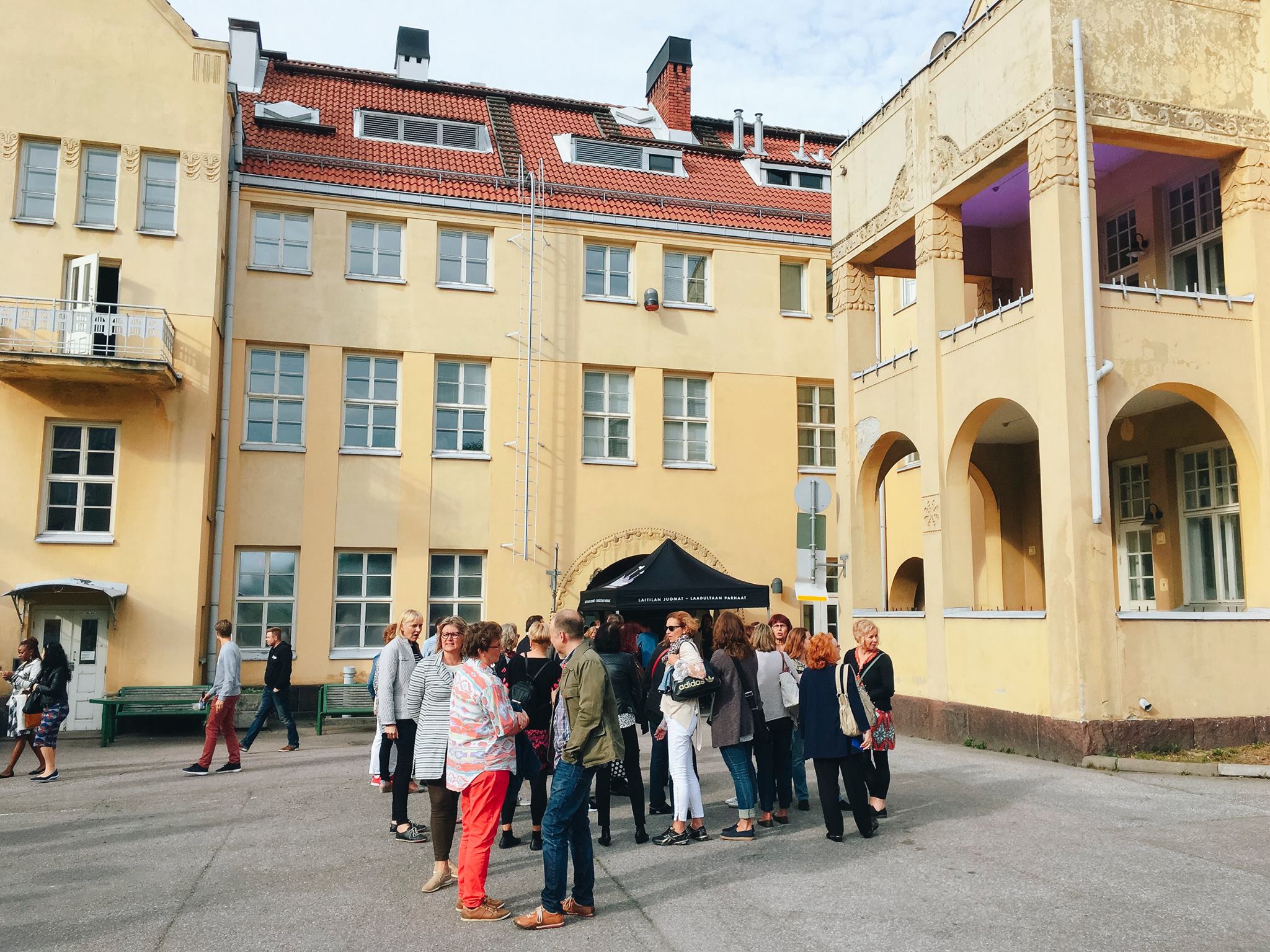HELSINKI: One of the premier startup capitals in the world, Finland is the birthplace of tech titans Linux and Nokia as well as popular games such as Angry Birds and Clash of Clans.
Like Singapore, the Nordic country has a population of about 5.5 million and ranks highly in education internationally. For instance, Singapore topped the Organisation for Economic Co-operation and Development’s Programme for International Student Assessment (PISA) in 2015, while Finland claimed the fifth spot.
As GovTech chief Executive Jacqueline Poh pointed out, both countries have also begun to find new ways to use digital technology in education.
“That’s something we have a lot to learn and share and collaborate with our friends in Finland,” she said.
A CONVERGENCE OF EDUCATION AND BUSINESS
Finland is well-known for its progressive curriculum and small class sizes, which allows students space and freedom to express themselves.
And ultimately, preparing students for the working world sits at the core of Finland’s education mission.
Counsellor of Education on the Finnish National Board of Education Kristiina Volmari said the Government reforms the education curriculum every 10 years to anticipate skills and knowledge needs in the workforce.
“We also involve all the actors, all the teachers, the parents, the policy makers, the labour market (in the reforms),” she added.
The education ministry only gives broad guidelines, however, and schools have the autonomy to tailor their lessons to a large extent. Ms Volmari explained that this was to give schools space to fit in changes to the national core curriculum.
“If you want to have good and committed teachers, they have to create (a sense of) ownership to their course. And this can be achieved by allowing teachers to participate in formulating their school curriculum, which will, in turn, motivate the teachers,” she elaborated.
For example, a secondary school in the city of Espoo opted to emphasise technology in its curriculum. The school, Saarnilaakson Koulu, set up a special class of just 20 students exploring the application of information and communication technology across different subjects.
This technology-oriented curriculum was suggested by the school’s teachers and implemented early in the school’s history, Saarnilaakson Koulu Principal Jukka Kuittinen said.
SPEAKING THE SAME LANGUAGE FROM YOUNG
Aside from the school curriculum, non-profit bodies such as the Economic Information Office (EIO) also seek to supplement learning outside of the school curriculum.
For example, EIO supports Slush Youth – an event offering a circuit of activities ranging from coding to sustainability to foster innovative thinking and entrepreneurship in youth.
Now in its second year, Slush Youth attracted a total of 300 student participants this year, double that of last year.

Young people attending a Slush coding workshop in Helsinki, Finland. (Photo: Patrick John Lim)
This is important in reaching out to Finnish youth and getting them interested in the business world at a young age, EIO President Kari Vaisanen said.
“Society is getting more and more complex so we are seeing even in primary school, it is important that they can talk the same language as at home,” he said.
“We try to give impulse to these youngsters so they are interested about the business life and it is a good choice for them as well, as we want to grow our private sector.”
The chief executive officer of HundrED, a programme that looks into best practices in education and education technology around the world and package it for schools, agreed.
“We have to be reaching to them at an early age because education has always been about knowing the right answers,” Mr Saku Tuominen said.
“I think now we have to embrace education that is enhancing the skill to ask the right questions and not to know the right answers. So it’s a totally different kind of mindset.”
LIBERAL FUNDING AT AN EARLY STAGE
Like any successful startup ecosystem, Finland has a range of funding and infrastructure support for the sector.
Startups are supported and eventually curated by the Finnish Funding Agency for Technology and Innovation (Tekes), which plays a similar role to Singapore’s SPRING and National Research Foundation by providing grants and public funding to aspiring technology companies.
Last year, Tekes funded about 700 startups. Its funding for all startups under six years has reached €140 million in total.
The agency’s executive director, Jukka Hayrynen, said the grants are disbursed fairly liberally at the early stage, allowing companies to find their target market or test a minimum viable product. However, he added, only a few will rise to the top and receive further funding.
“We see that there are a number of teams that believe they are start-ups, probably a thousand teams a year think they are a future big growth startup,” he said.
“But three, four hundred of those can actually show the real signs of being a start-up – they have a scalable business model, they have a product that can find customers, and they have the skills and also the will to grow.”

The office of the Finnish Funding Agency for Technology and Innovation (Tekes). (Photo: Patrick John Lim)
PRIVATE INVESTORS ARE KEY
While startups in both Singapore receive strong support from the public sector, it is in the private space where Finland has a head-start, where many of its investors are successful entrepreneurs themselves.
Statistics from the Finnish Venture Capital Association show that venture capitalists and private equity players alone invested about €1 billion (S$1.5 billion) in early and late stage Finnish companies in 2015. In comparison, Singapore saw total funding of US$1.16 billion (S$1.66 billion), including public funding, the same year.
With Tekes providing public funds, the Finnish Business Angel Network (FIBAN) helps organise private funding that can get startups to the next level.
FIBAN Deal Flow Manager Helleke Heikkinen says the association not only runs networking sessions between companies and potential investors, but also works with new investors to get them up to speed with the startup landscape.
“We have many angel investors who are entrepreneurs who have made their own exit and we are trying to ease them into the investor role and evaluate startups,” he said, adding that the network also tries to educate startups about how to attract angel investors.
The network is currently working to expand its presence throughout the Nordics, such as in Sweden and Norway, Mr Heikkinen said.
Meanwhile in Singapore, private investors are more conservative and careful in committing money, according to a chairman and partner at Frontier, a Finnish venture investment firm with a presence in Singapore.
“In Finland, it’s been easy for some companies to get funding even with just a PDF presentation of the startup without any traction,” Mr Mikko Silventola said, while adding that this is starting to change as more investors in Finland are now asking to see financial numbers and looking into the startups’ company direction.
Slush, a ground-up intiative for startups and entrepreneurs, is another platform fast becoming the poster-child for Finland’s burgeoning startup scene.
In its eighth year, Slush’s 2016 event from Nov 30 to Dec 1 was attended by more than 17,000 people, including 2,000 startups from around the world and 1,000 global investors.

Google and Microsoft maintained a presence at Slush, an event for startups in Helsinki. (Photo: Patrick John Lim)
Finland’s Foreign Trade and Development Minister Kai Mykkanen said such events play a crucial role in connecting startups and potential funding.
“It’s not only about money but also the knowledge we’ve seen the investor brings, he said.
“The fact that we have managed to bring more than 1,000 global investors here to Helsinki means tens of new deals and probably several high growth stories such as Rovio and Supercell for example.”

Finnish startup Supercell is behind the popular mobile game Clash of Titans. (Photo: Patrick John Lim)
“SIMILAR GOALS”
Singapore is already taking a page from Finland’s playbook, with Slush coming to Singapore’s shores for the first time earlier this year.
Another similarity between the two countries is their focus on building up its funding infrastructure. In Singapore, Block 71 in Ayer Rajah Crescent is quickly becoming a startup hub, while co-working spaces are also becoming a trend.
Meanwhile, Finland provides working spaces for start-ups such as in Maria 01, a community house for tech start-ups now occupying an old, refurbished hospital in central Helsinki.

Maria 01, a community house for tech startups. (Photo: Maria 01/Facebook)
Run by a non-profit organisation and supported by the city, Maria 01 functions as a massive co-working space, allowing for tech teams to work side by side with venture capitalists and established companies. It currently houses more than 80 start-ups and renovations are underway to expand the campus into another of the old hospital wings.
Mr Steve Leonard, the chief executive officer of the Singapore Government’s startup unit SGInnovate, said he saw similarities between Nordic and Singaporean culture that were “crucial” for encouraging entrepreneurship.
“What we really like working with the Swedes, the Finns and the Danes is that there is a level of creativity, a level of must-solve that we appreciate and we think it’s very similar to what we’ve experienced in Singapore,” he explained.
“We have constraints, but we also have great resources, so we look for bridges that can be built with Sweden and Finland and with others, where we have similar goals.”





